

A city with well-known architectural beauties like the Taj Mahal Palace Hotel and the World One skyscraper set against the natural harbour of the Konkan coast, Mumbai is the capital of Maharashtra, India. It has now become one of the biggest melting pots in the world, boasting an ever-increasing population that is attracted by both the sights and business opportunities available here. Seeing all it has to offer may seem like a daunting task, but you are sure to find something to your liking in this megalopolis.

Indian Rupee (INR)

Police: 100
Fire Brigade: 101
Ambulance: 102

The Times of India: https://timesofindia.indiatimes.com
Hindustan Times: www.hindustantimes.com

Shops in Mumbai are generally open from 10am to 8:30pm, depending on the area, with some shops staying open longer. General banking hours are Monday to Friday from 9am to 3pm, and from 9am to 1pm on Saturday.

City: 17 million (2024)
Metropolitan area: 26 million (2024)

India Tourism, Mumbai
Uttara Road, Nariman Point, Mumbai
+91 22 2202 3145
Opening hours: Mon–Fri 9:30am–6pm
 Nickolay Stanev/Shutterstock.com
Nickolay Stanev/Shutterstock.com
The City
The city is split into diverse areas, making Mumbai's urban setting a complex nest of cultures, greatly influenced by the wave of immigrants taking their shot in the city of opportunities.
Widely renowned as its pulsing heart, the southernmost precinct of Mumbai represents the downtown area and certainly the wealthiest neighbourhood in the whole of India. Home to the oldest and newest parts of the city, it boasts the iconic Gateway of India and the contemporary hustle around the Flora Fountain, along with other monuments, luxury retailers, art galleries and restaurants. South Mumbai is a fine starting point, a take-off platform to begin exploring the concealed wonders located throughout the city.
The birthplace of the Indian film industry, Mumbai also houses Bollywood and its light-filled studios, fascinating dances and intense rhythms, with a production volume of over 1000 films per year.
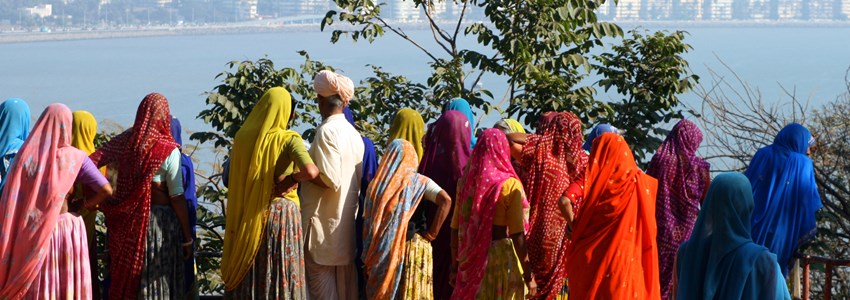 theowl84/Shutterstock.com
theowl84/Shutterstock.com
Do & See
A complex tangle of cultures and creeds, the financial capital of India is a hub of activity. Get a flavourful sample of the country's food by visiting Crawford Market, experience a journey through the life of one of the most influential men in India at the Mani Bhavan Gandhi Museum, and visit a fortune teller after a pony ride at Chowpatty Beach.
Historical sites are located throughout the city, boasting ancient caves and temples while the city itself, with its bustling daily life and luxurious retail shops and restaurants, is an experience in itself.
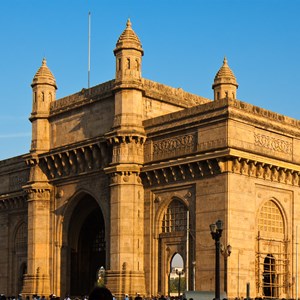 Nickolay Stanev/Shutterstock.com
Nickolay Stanev/Shutterstock.com
Gateway of India
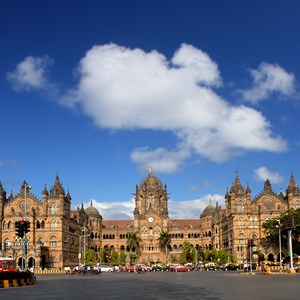 Sapsiwai/Shutterstock.com
Sapsiwai/Shutterstock.com
Chhatrapati Shivaji Terminus
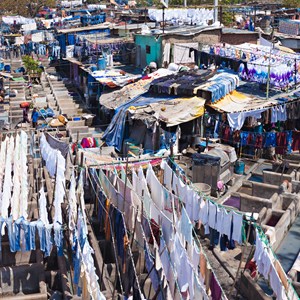 saiko3p/Shutterstock.com
saiko3p/Shutterstock.com
Dhobi Ghat
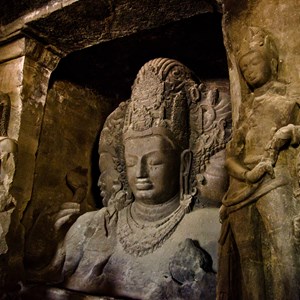 Robin Kay/Shutterstock.com
Robin Kay/Shutterstock.com
Elephanta Caves
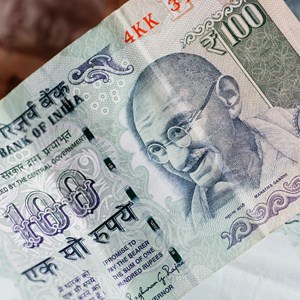 Radiokafka/Shutterstock.com
Radiokafka/Shutterstock.com
Mani Bhavan Gandhi Museum (Gandhi’s House)
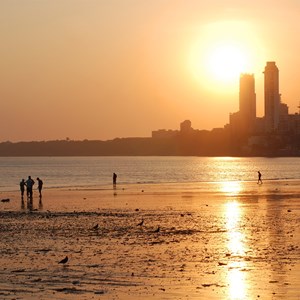 O'SHI/Shutterstock.com
O'SHI/Shutterstock.com
Chowpatty Beach
 Marti Bug Catcher/Shutterstock
Marti Bug Catcher/Shutterstock
Shree Siddhivinayak Temple
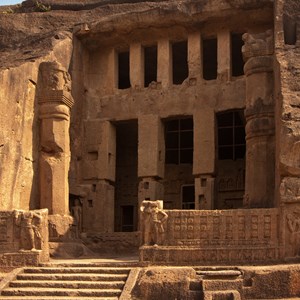 Nickolay Stanev/Shutterstock.com
Nickolay Stanev/Shutterstock.com
Kanheri Caves
 Aguaviva/Shutterstock.com
Aguaviva/Shutterstock.com
Mahatma Jyotiba Phule Market
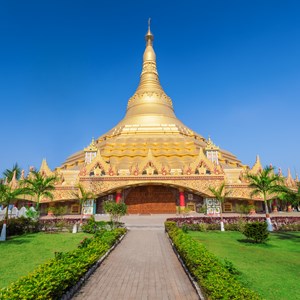 saiko3p/Shutterstock.com
saiko3p/Shutterstock.com
Global Vipassana Pagoda
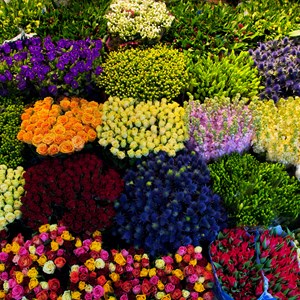 PHOTOCREO Michal Bednarek/Shutterstock.com
PHOTOCREO Michal Bednarek/Shutterstock.com
Dadar Flower Market
 Tukaram Karve/Shutterstock.com
Tukaram Karve/Shutterstock.com
Juhu Beach
 gary yim/Shutterstock.com
gary yim/Shutterstock.com
Malabar Hill
 bodom/Shutterstock
bodom/Shutterstock
Nehru Centre
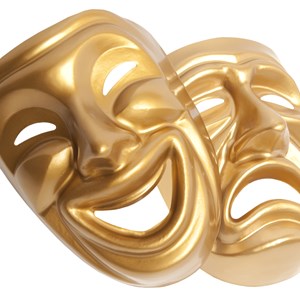 Andrey Burmakin/Shutterstock.com
Andrey Burmakin/Shutterstock.com
Prithvi Theatre
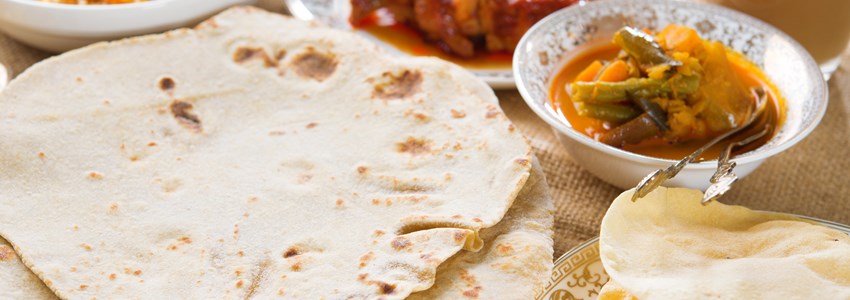 szefei / Shutterstock.com
szefei / Shutterstock.com
Dining
Renowned for its vast street food culture, Mumbai's streets bustle with food vendors and diverse stalls. Mumbaikars from all walks of life pour down the crowded streets indulging in the numerous delicacies the city has to offer, in a tradition that dates back several years and reaches its peak in Mumbai. Regional Indian cuisine can be sampled on this city's main roads, offering insights into its culinary tradition.
Pav bhaji, a vegetable curry served with a soft bread roll, is a local speciality while Vada Pav, the poor man's burger and kebabs perfectly represent Mumbai and its thousands of flavours. Bhel puri, a sweet and sour dish made of deep-fried pastry shells with onion, tomato and chilli is a popular snack often linked with Mumbai's beaches.
Locals tend to prefer grabbing some street food rather than going to the restaurant. However, this cosmopolitan hub has a long list of places to try - traditional Indian cuisine, Italian, and Asian, the city is well equipped with every kind of exotic eatery.
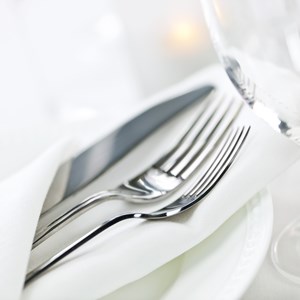 Elena Elisseeva/Shutterstock.com
Elena Elisseeva/Shutterstock.com
Olive Bar & Kitchen
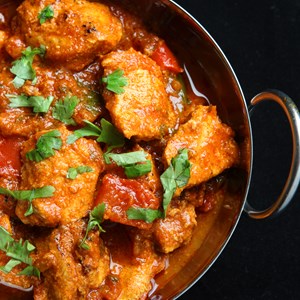 Joe Gough/Shutterstock.com
Joe Gough/Shutterstock.com
Khyber Restaurant
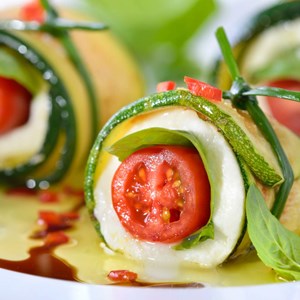 Karl Allgaeuer/Shutterstock.com
Karl Allgaeuer/Shutterstock.com
Cream Centre
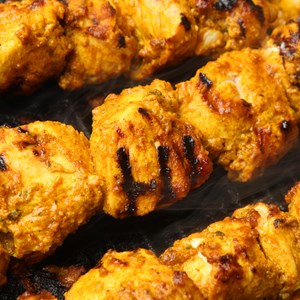 Joe Gough/Shutterstock.com
Joe Gough/Shutterstock.com
Golden Punjab
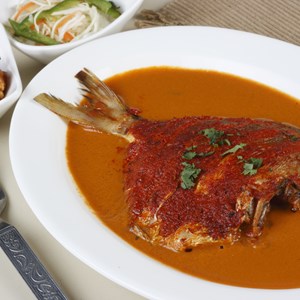 PI/Shutterstock.com
PI/Shutterstock.com
New Martin Hotel Restaurant
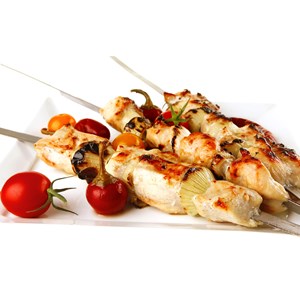 Gregory Gerber/Shutterstock.com
Gregory Gerber/Shutterstock.com
Nawab Saheb
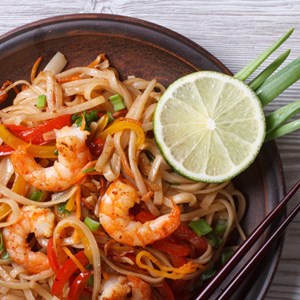 Kzenon/Shutterstock.com
Kzenon/Shutterstock.com
Thai Pavilion
 kuvona/Shutterstock.com
kuvona/Shutterstock.com
Out of the Blue
 Bastiaanimage stock/Shutterstock.com
Bastiaanimage stock/Shutterstock.com
China House Lounge
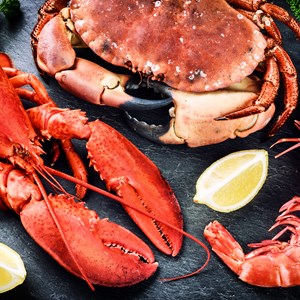 symbiot/Shutterstock.com
symbiot/Shutterstock.com
Gajalee
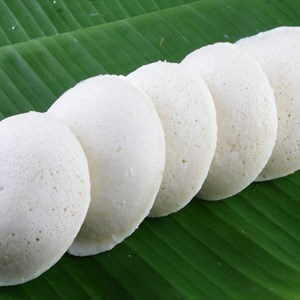 sta/Shutterstock.com
sta/Shutterstock.com
Swati Snacks
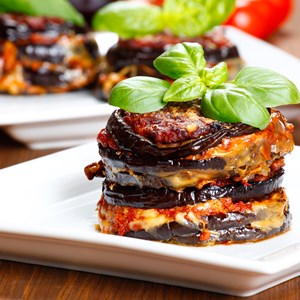 Antonmaria Galante/Shutterstock.com
Antonmaria Galante/Shutterstock.com
Cecconi's Mumbai
Cafés
With its own coffee culture and as a vibrant and constantly growing centre, Mumbai boasts a wide range of cafeterias and afternoon tea spots. From happening cafes to elegant lounges, the city doesn't lack destinations for coffee connoisseurs and, considering the wide and diverse offer, there won't be difficulties in finding a place that best fits your needs.
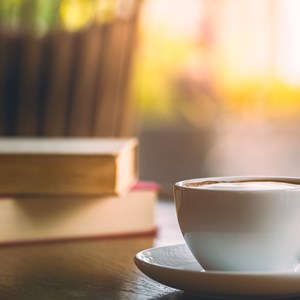 WStudio/Shutterstock.com
WStudio/Shutterstock.com
Mockingbird Cafe Bar
 AS photo studio/Shutterstock.com
AS photo studio/Shutterstock.com
Bombay to Barcelona Library Café
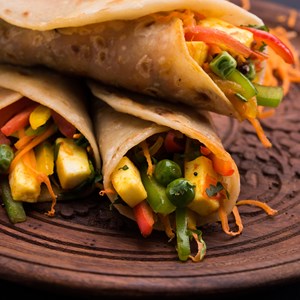 StockImageFactory.com/Shutterstock.com
StockImageFactory.com/Shutterstock.com
Prithvi Café
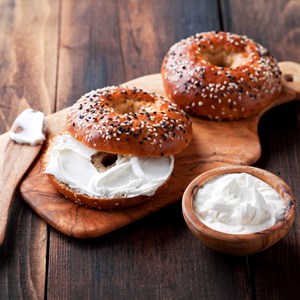 pearl7/Shutterstock.com
pearl7/Shutterstock.com
The Nutcracker
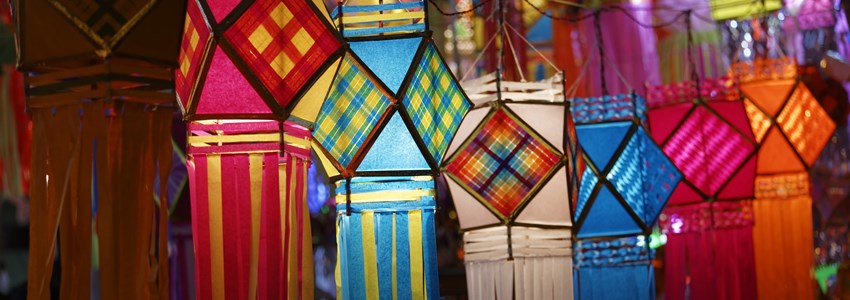 Milind Arvind Ketkar/Shutterstock.com
Milind Arvind Ketkar/Shutterstock.com
Bars & Nightlife
Mumbai's vigorous club and bar scene has become increasingly popular among party lovers. In the last ten years, the city has seen many hangouts rise quickly, making India's commercial capital a suitable destination for night owls.
The district of Colaba is where most of the party-goers hover; starting the evening in one of its bars or cruising around local food stalls and souvenir shops squeezed down the crowded Colaba Causeway. From here, the way is paved, opening up no shortage of options available until around 3am, when most bars and clubs tend to close.
 Elena Elisseeva/Shutterstock.com
Elena Elisseeva/Shutterstock.com
Olive Bar & Kitchen
 Monkey Business Images / Shutterstock.com
Monkey Business Images / Shutterstock.com
Round About Bar & Kitchen
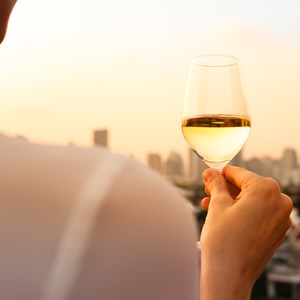 KieferPix / Shutterstock.com
KieferPix / Shutterstock.com
Aer Lounge
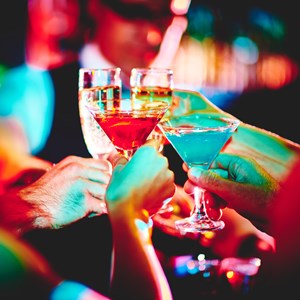 Pressmaster / Shutterstock.com
Pressmaster / Shutterstock.com
Drop
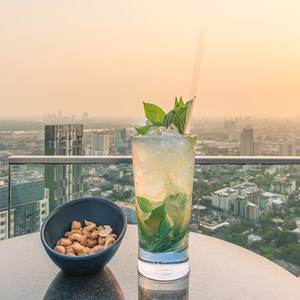 Prasit Rodphan / Shutterstock.com
Prasit Rodphan / Shutterstock.com
Breeze Lounge
 Salivanchuk Semen/Shutterstock.com
Salivanchuk Semen/Shutterstock.com
Kitty Su Mumbai
 alexkoral/Shutterstock.com
alexkoral/Shutterstock.com
Bombay Cocktail Bar
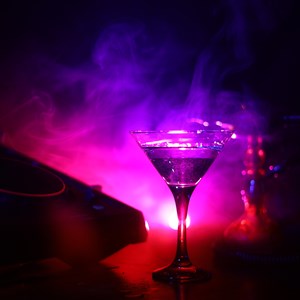 zef art/Shutterstock.com
zef art/Shutterstock.com
Rude Lounge
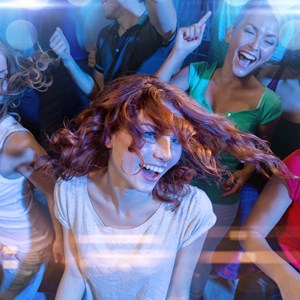 Syda Productions / Shutterstock.com
Syda Productions / Shutterstock.com
Rock Bottom
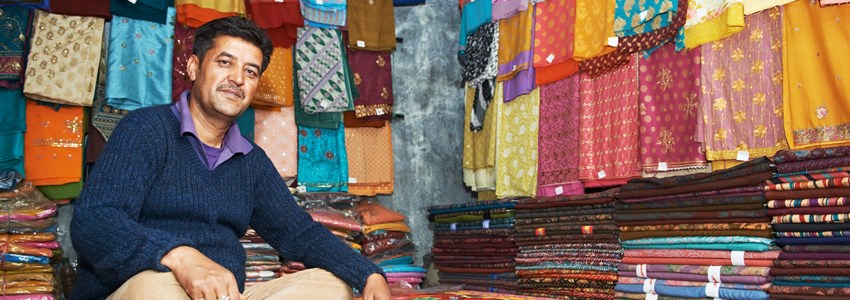 Dmitry Kalinovsky / Shutterstock.com
Dmitry Kalinovsky / Shutterstock.com
Shopping
A wide range of upmarket outlets pop up sparsely throughout the city. Plentiful handicrafts, textiles and clothes of any sort sit in local shops, waiting to be discovered. Fruit and vegetable markets, typical clothes bazaars and thousands of hawkers located among outdoor dumps and upscale residential areas thrive within the lively city.
Mumbaikers, living in such a urban jungle, have learnt how to get the best deals out of the city's thousands of vendors. A Mumbaiker would tell you that the stalls along MG Road boast some great quality signature items from brand manufacturers, that Colaba Causeway offers some of the best knickknacks in town or that fruit at the Crawford Market is fresher in the morning. There are lots of choices on Mereweather Road but you might, however, have to haggle to get the price you want.
 Pressmaster / Shutterstock.com
Pressmaster / Shutterstock.com
Shoppers Stop
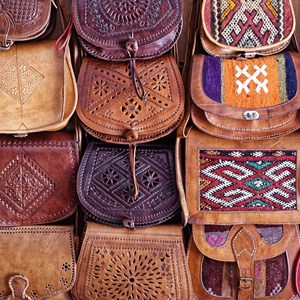 Yavuz Sariyildiz/Shutterstock.com
Yavuz Sariyildiz/Shutterstock.com
Kulture Shop
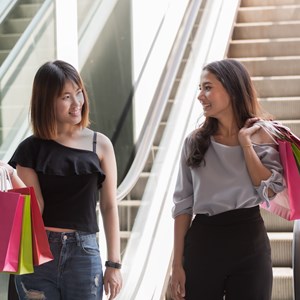 Foto2rich/Shutterstock.com
Foto2rich/Shutterstock.com
High Street Phoenix
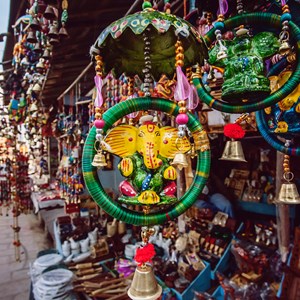 Marben/Shutterstock.com
Marben/Shutterstock.com
Hill Road
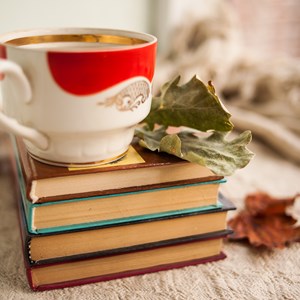 Margarita Kheruimova/Shutterstock.com
Margarita Kheruimova/Shutterstock.com
Kitab Khana
 Aguaviva/Shutterstock.com
Aguaviva/Shutterstock.com
Crawford Market (Mahatma Jyotiba Phule Market)
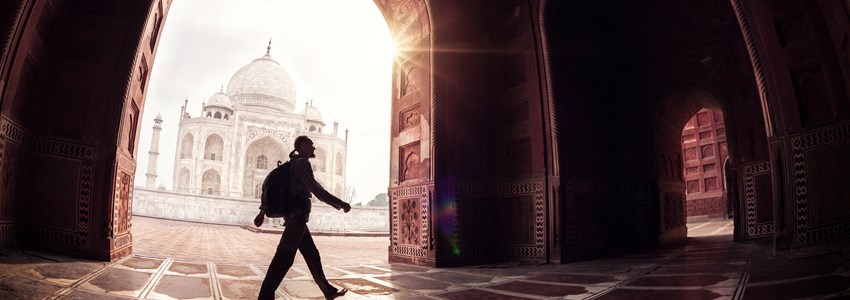 Pikoso.kz / Shutterstock.com
Pikoso.kz / Shutterstock.com
Tourist Information
Chhatrapati Shivaji Maharaj International Airport (BOM)
Chhatrapati Shivaji Maharaj International Airport is the busiest airport in India. Expect it to take around 90 minutes to get into the city centre as the traffic can be quite heavy. To get to the city centre, you can either go by train, bus, rickshaw, taxi or by renting a car.
The fastest option is the train. The nearest station to the domestic terminal is Vile Parle and the nearest one to the international terminal is called Sahar. Buses are another option, with numerous stops throughout the city. Route 312 connects the domestic terminals to Vile Parle (East) and Andheri (East) railway stations, while routes 321 and 308 serve the international terminal, linking it to Vile Parle East and Andheri (East) respectively.
Auto rickshaws, three-wheeled metered vehicles, operate primarily in the suburbs, from Borivili to Bandra in the western suburbs and up to Sion in the central suburbs. Additionally, numerous private taxi providers and car rental services are available at the airport.
Address: Chhatrapati Shivaji International Airport, Mumbai
Email:
Phone: +91 22 6685 1010
Website: https://csmia.adaniairports.com
More Information:
Passport / Visa
All foreign nationals entering India are required to possess a valid international travel document with a valid visa. A visa is required for most nationalities, except for Bhutan, Nepal and the Maldives (if not arriving from mainland China).
The visa has to be requested through an online application. Be aware that a visa can only be acquired via this online application, and without any intermediary – do not follow agents who claim speedy/express grant of e-Visa.
Address:
Email:
Phone:
Website:
More Information:
Best Time to Visit
The best months for visiting Mumbai are the ones from October to February. The winter season here is warm overall, with a minimum temperature of 10°C and low levels of humidity. This is also the period in which several events occur, from the Diwali Festival of Lights in October to the Moon Indigo Cultural Festival towards the end of December.
Coming a bit earlier though, around the end of August and the start of September, is also a good idea: this is when the monsoon season ends, together with its heavy rainfall, leaving behind lush greenery making for worthwhile sights. You can also join the Ganesh Chaturthi, a ten-day-long festival in honour of Lord Ganesha.
Address:
Email:
Phone:
Website:
More Information:
Public Transport
The city buses are run by BEST (Brihanmumbai Electric Supply and Transport) and, although being normally crowded, they are ideal for short journeys. To get around with public transport, you must be acquainted with the system; if you are a tourist, it is advisable to plan your journey in advance. Tickets can be bought from the conductor on board.
The fastest way to get around the city is by train. The city has three lines: Western Line, Central Main Line, and Harbour Line.
Address:
Email:
Phone:
Website:
More Information:
Rickshaws
Taking a rickshaw is an easy, flexible, and fast way to navigate through Mumbai's traffic. Rickshaws are readily available, especially near major roads, markets, and transit hubs. Most are metered, so ensure the driver starts the meter at the beginning of your journey. If there’s no meter, negotiate the fare beforehand. Clearly state your destination and know nearby landmarks for easier communication.
Address:
Email:
Phone:
Website:
More Information:
Taxi
There is no shortage of taxis in Mumbai and they can be easily found throughout the city. Taxis usually have meters, just make sure the driver starts it at the beginning of your journey.
Consider Uber or Ola as an alternative to taxis when getting around Mumbai. If possible, avoid hailing taxis late at night. Use app-based services that allow you to share your ride details and location for added security.
Address:
Email:
Phone:
Website:
More Information:
Post
Numerous post offices are located throughout the city, making it easy to find places to buy stamps and to post letters. Letters can be posted in the letter boxes sparsely located within the city, easy to find thanks to their characteristic vivid red colour.
Address: Mumbai Central Head Post Office - Belasis Road, Mumbai Central East, Dalal Estate, Kamathipura, Mumbai
Email:
Phone: +91 22 2307 1296
Website:
More Information:
Pharmacy
Some of the main pharmacy chains in Mumbai, include Apollo Pharmacy, MedPlus, Wellness Forever, and Noble Medicals. This last one boasts several locations across the city, and most of them are open 24 hours.
Address: Noble Plus - 12, Moti Mahal, Dinshaw Vacha Road, Churchgate, Mumbai,
Email:
Phone: +91 22 2283 8888
Website:
More Information: next to The Cricket Club of India
Telephone
Country code: +91
Area code: 22
Address:
Email:
Phone:
Website:
More Information:
Electricity
In India, power plugs and sockets are of types C, D, and M, with a standard voltage of 230V and a frequency of 50Hz.
Address:
Email:
Phone:
Website:
More Information:












